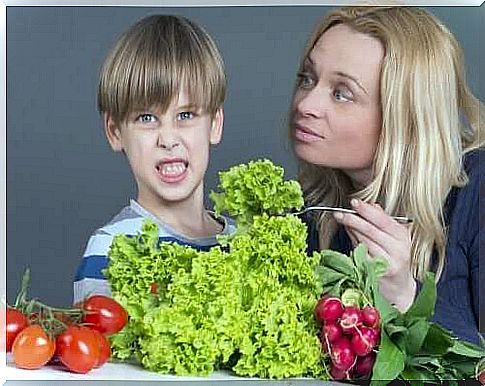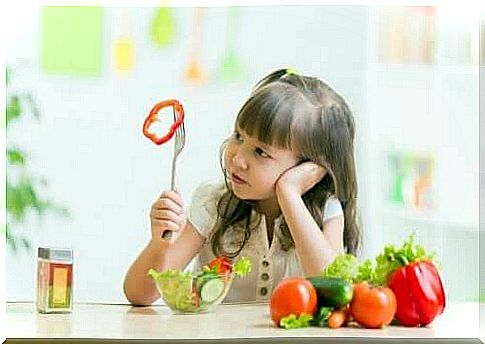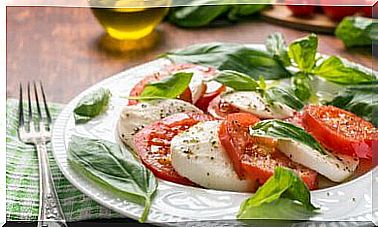My Child Doesn’t Like Vegetables, What Can I Do? – Being Parents

According to various studies, the child often does not like vegetables. Indeed, he prefers less healthy options. That is why here we are going to give you a series of tips if your child does not like vegetables.
The importance of vegetables in children
Vegetables are an essential source of multiple vitamins (A, C and B9), mineral salts (magnesium, potassium, calcium, sodium and iron), fiber and antioxidant compounds, all essential in the diet of both children and children. adults.
In children, the ingestion of fruits and vegetables will not only be essential to ensure optimal nutritional status, but it will also determine the healthy habits that will be maintained into adulthood. It will also help to avoid nutritional deficiencies and prevent diseases, both short and long term, such as atherosclerosis, irritable bowel, diverticulitis, anemia, osteoporosis, cancer, etc.
How do we get our children to eat vegetables?
Introduce vegetables into meals as soon as possible
It is important to know that a child is more likely to appreciate the flavors presented to him in the first months of his life than those he will discover later in childhood. That is why, from 5-6 months, we can start adding vegetables to the baby’s meal (carrots, green beans and potatoes); however, they must be boiled and mixed.

Around the eighth month, the tomato (always boiled, without skin or seeds) can be introduced to the diet. Between 10 and 12 months, the baby can be served whole and cooked vegetables. From 12 to 18 months, we can make him eat raw salads, avoiding the most flatulent vegetables such as those of the cabbage and artichoke family.
Try several times if your child doesn’t like vegetables
It is normal that at first, children may reject vegetables, but we must continue to introduce them little by little into their diet without forcing them, challenging them or punishing them, as this could generate a psychological rejection of vegetables. and poor association of flavor and food.
Cooking dishes that make you want
A study carried out in 2012 proved that children prefer dishes composed of many ingredients and colors which, moreover, form a kind of figure. Some ideas could thus consist of making drawings on the mash, to form animals or figures with the vegetables, such as a smiling face or a forest of broccoli, for example.
Offer different options to the child if he does not like vegetables
We recommend that you allow her to choose between different vegetables instead of offering her only one alternative. It is also important that the child actively participates in order to be able to eat vegetables more easily. In addition, it will help you to know his tastes better. Another recommendation may be to take your child with you when you go shopping so that they can choose vegetables they like.
Cooking with your child
In general, involving children in the food preparation process helps reduce aversive behavior towards food. You can prepare simple dishes, like mixed salads where children can cut the salad or add original ingredients, or let them heat dishes in the microwave.

Make the whole family like vegetables
Children tend to copy what they see their parents doing. This is why it is important that the rest of the family eat vegetables, that there are always some in the fridge so that the child can see them and that the whole family eats the same vegetables so that they can eat them. feel important eating the same things as adults.
Camouflage the vegetables
Children generally like a series of dishes like macaroni, croquettes, tortillas, pizza, etc. where it can be easy to camouflage the vegetables. Another option could be to mix them with healthy sauces. Some preparation methods will be more successful than others, such as cauliflower or broccoli covered in gratin cheese, rather than simple boiled broccoli.
Other ideas could, for example, consist of making vegetable skewers or cutting them into sticks, cooking them in tempura and serving them in a paper cone as if they were fries. Making a fun dish using small sticks of raw vegetables to dip in hummus or melted cheese can also be an option.









